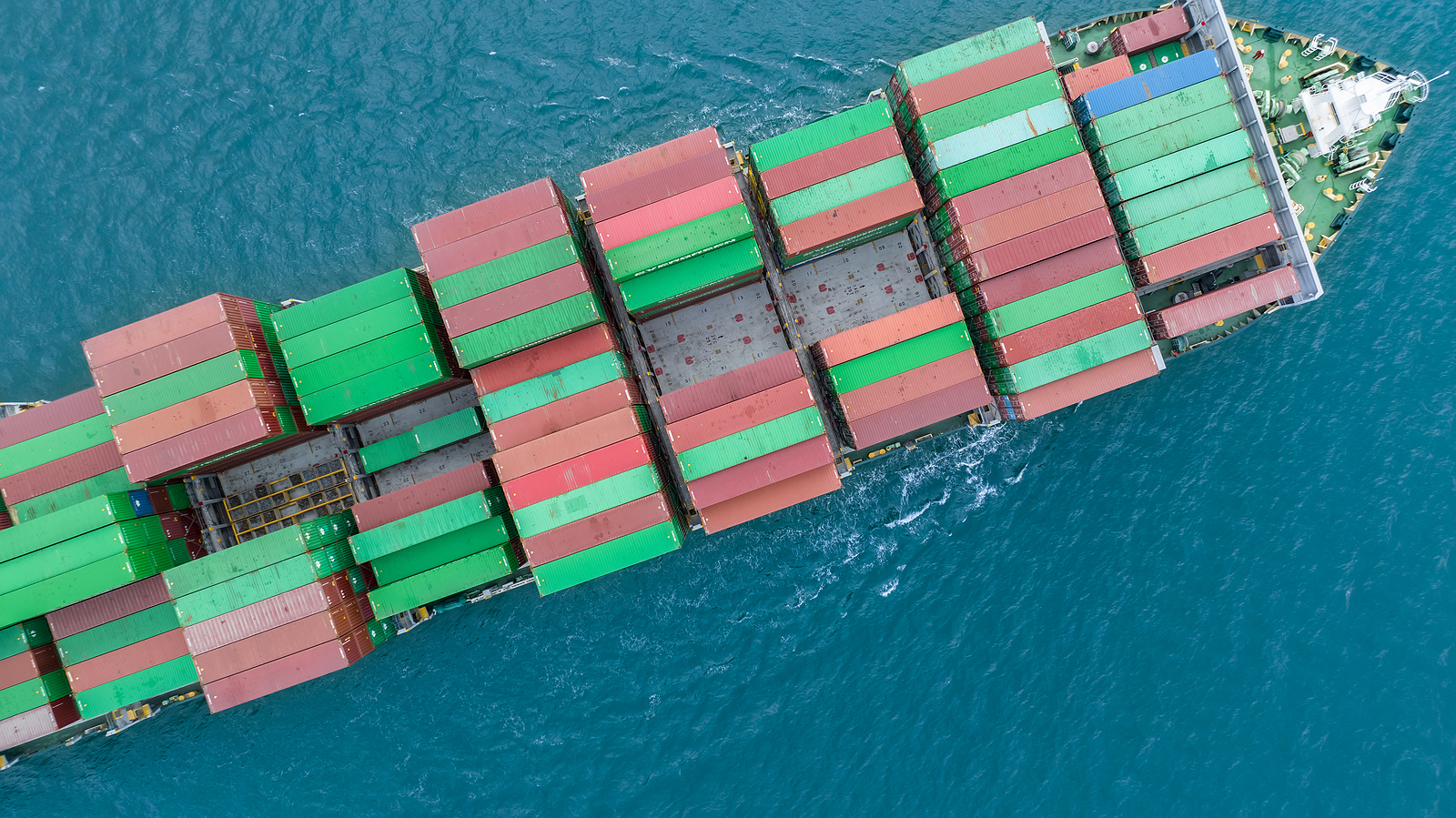Shipping containers can be converted into just about any type of structure that could be built with a set of modular cuboid bricks.
There are shipping container villages, restaurants, arcades, swimming pools, theatres and cinemas, but a shipping container is also the focal point of the longest film ever made by some considerable margin.
With a runtime of 51,420 minutes or 35 days, 17 hours, Logistics is an exploration of how an electronic gadget (in this case a pedometer) makes it into the hands of a customer, travelling backwards from the window of Kulturhuset in Stockholm Sweden all the way to Bao’an, Shenzhen, China.
The film is in real-time, taking the 37-day journey in reverse to demonstrate the sheer scale and magnificence of the modern supply chain and the simple, corrugated, standardised shipping container that allows all of this to happen.
In some ways it is similar to the 1965 film Empire by Andy Warhol, which is a comparatively short 485 minutes long and was, to quote Mr Warhol himself, intended for people to watch time go by as an audience stared at a single slow-motion shot of the Empire State Building.
Exceptionally long films are not designed to be watched in full but instead are often projects that people will experience short parts of and study the details, or become hypnotised by the details and be stunned when small changes happen like the sun setting or the shot changing.
There is a 72-minute cut which features two minutes of each day, and perhaps highlights the magnitude of the journey and the sheer scale of the containerised world that is an increasingly vital part of our lives.
Over a decade after its release, with even larger container ships and more shipping containers which are being increasingly used outside of the supply chain, Logistics is still a fascinating albeit difficult-to-watch exploration of why containers matter so much.

